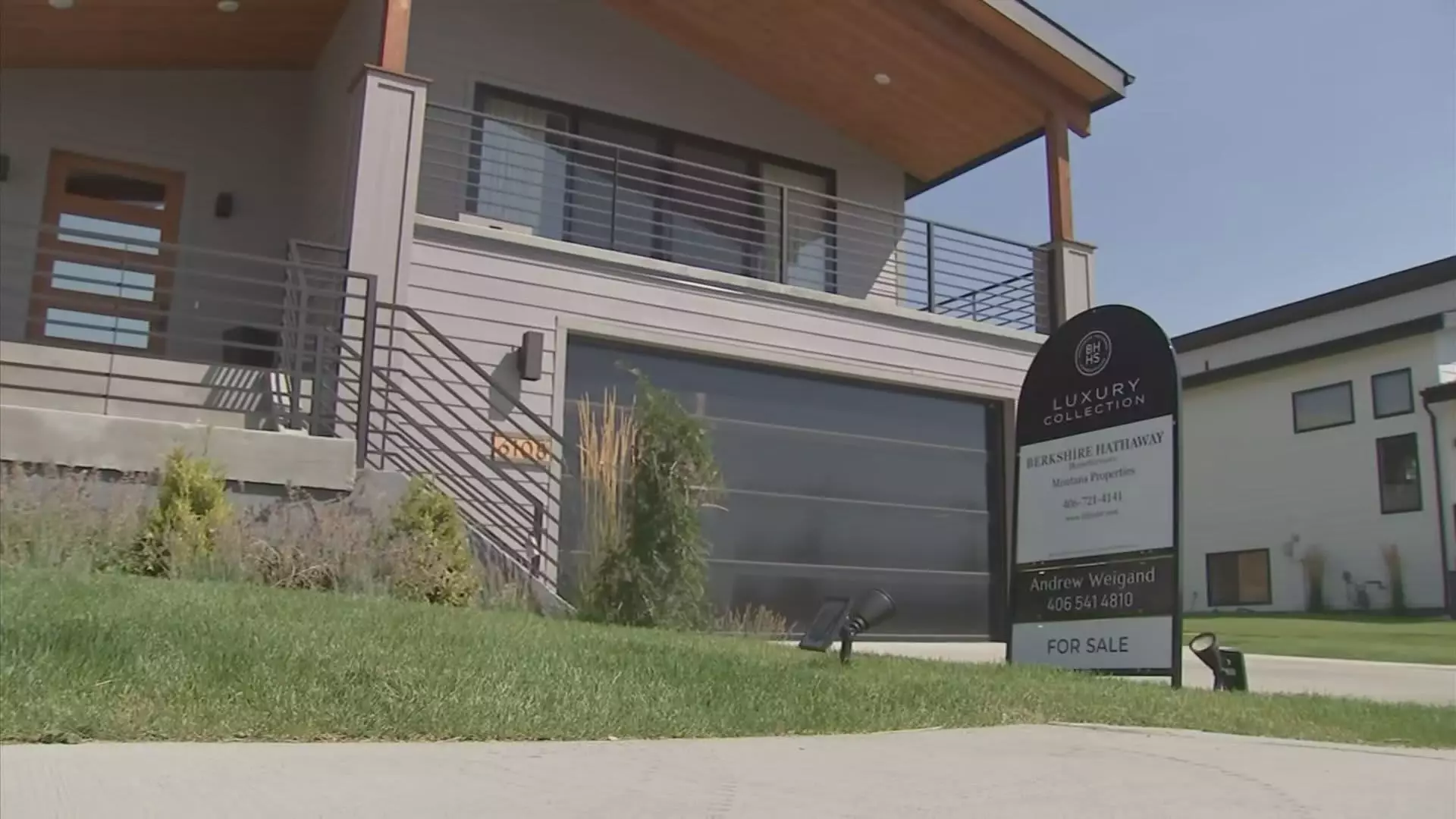The journey toward homeownership can be fraught with challenges, particularly for first-time buyers who are often looking for affordable starter homes. As the 2025 buying season approaches, experts warn that these essential stepping stones into the real estate market are quickly evaporating, leaving potential homeowners in a precarious situation. This article delves into the various factors contributing to the diminishing availability of starter homes and analyzes how these issues impact prospective buyers.
Starter homes generally refer to smaller, less expensive properties that serve as entry points into homeownership. Traditionally comprising residences under 1,400 square feet, these homes offered an affordable option for younger buyers eager to invest in real estate. However, data from the U.S. Census Bureau reveals a significant decline in this segment. In fact, only 9% of new homes constructed in 2023 fell below this size threshold, compared to a striking 40% in 1982. This stark contrast underscores a broader trend, suggesting that potential homeowners are being squeezed out of the market by inadequate housing options tailored to their needs.
One of the primary culprits behind the scarcity of starter homes is the restrictive zoning laws enforced at local levels across the country. These regulations dictate what types of properties can be built in specific areas, often favoring larger, more expensive developments over modest family homes. As a result, the cost of constructing new residences has skyrocketed, eroding affordability and limiting access for first-time buyers. According to Sam Khater, chief economist at Freddie Mac, many builders are simply unable to construct lower-priced homes because of the escalating costs brought about by these zoning restrictions.
The financial landscape for home builders has become increasingly challenging as well. Recent analysis indicates that from January 2020 to October 2024, home prices in the U.S. have surged by over 52%. This drastic escalation can be attributed to a combination of rising construction costs, heightened land prices, and regulatory hurdles that burden builders with excessive red tape. Selma Hepp, CoreLogic’s chief economist, illustrates this issue by noting that labor and material costs have increased by 50% over the last decade, but land prices have skyrocketed at an even greater rate—about two-and-a-half times this increase. This compounded effect signals an alarming trend for both builders and potential buyers alike.
The repercussions of the 2007-2008 financial crisis still resonate in the housing market today, particularly with regard to new home construction. The industry faced significant consolidation in the aftermath, and annual construction rates remain significantly lower than pre-crisis levels. Current homeowners are also less inclined to sell their properties, often remaining locked in at lower mortgage rates. This lack of inventory means that existing homes are increasingly scarce and prices are continuing to climb in many markets, making it nearly impossible for first-time buyers to enter the fray.
As we look to 2024, the dynamic in the housing market remains perplexing. With the median age of first-time buyers reaching an all-time high of 38, according to the National Association of Realtors (NAR), the demographic of homebuyers is shifting. In stark contrast, the average first-time buyer’s age was just 29 back in 1981. The current landscape is peculiar; low rates of first-time buyers coexist with a multitude of all-cash transactions, further complicating matters for those relying on traditional financing options.
The 2025 buying season poses significant challenges for first-time homebuyers, who are increasingly faced with an uphill battle in a housing market that seems to prioritize larger, more expensive homes at the expense of accessibility. With dwindling starter home options, rising costs, and a confusing buyer demographic, aspiring homeowners will need to navigate a complex array of obstacles to achieve their goal of homeownership. It remains to be seen how these dynamics will evolve, but for now, the outlook for first-time buyers is anything but promising.

